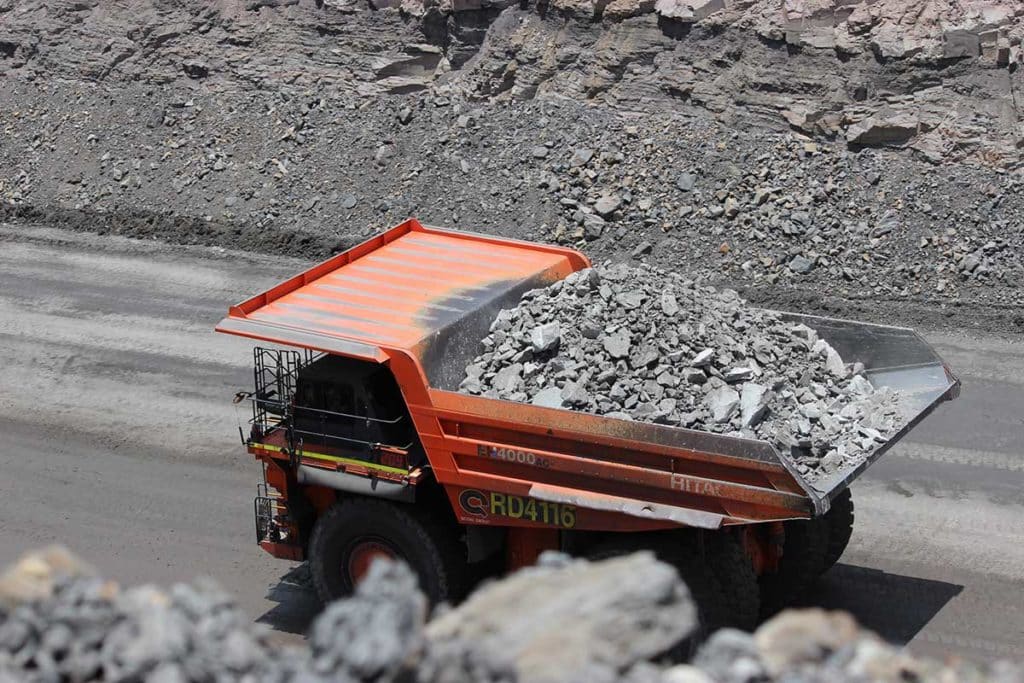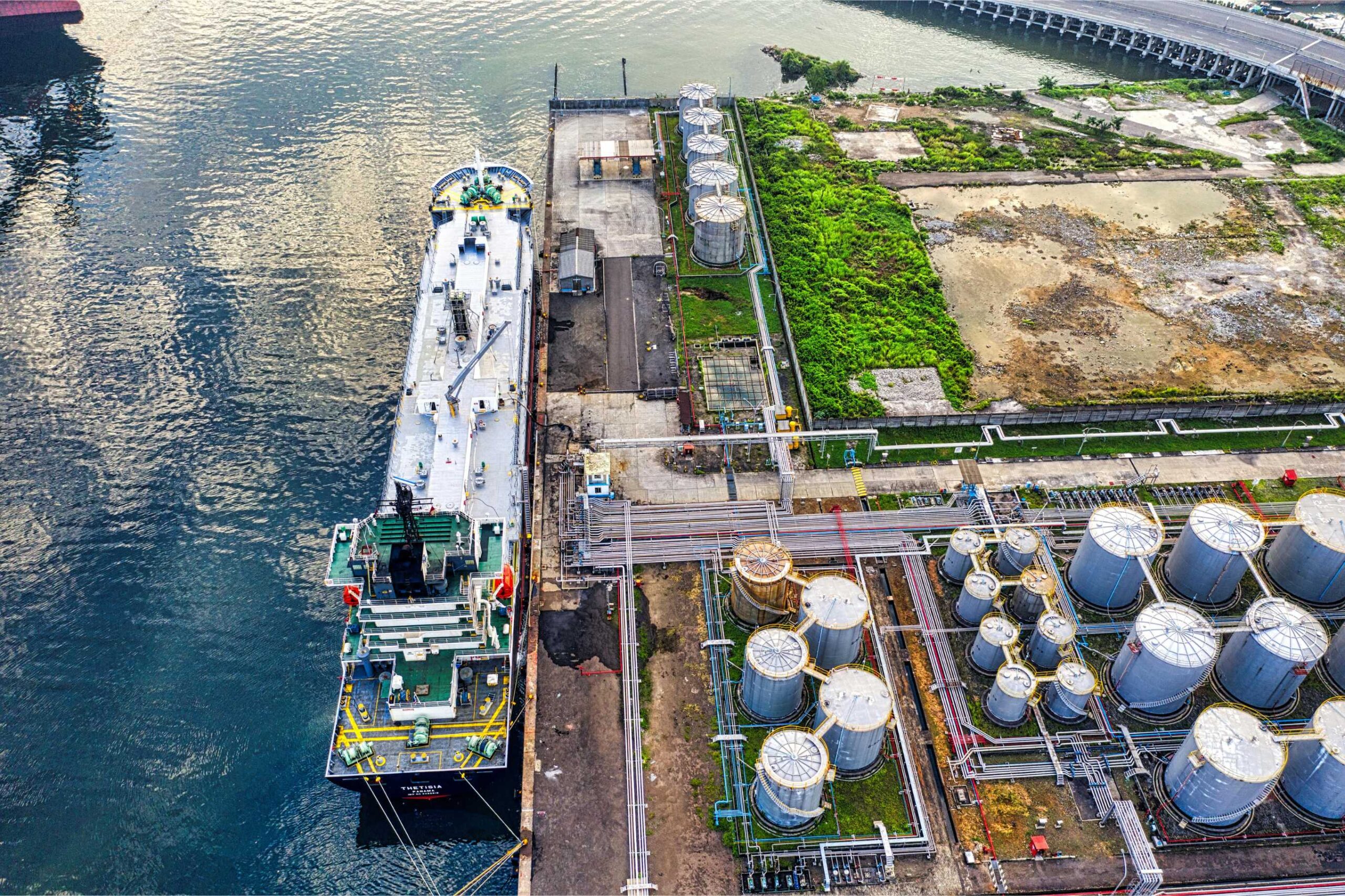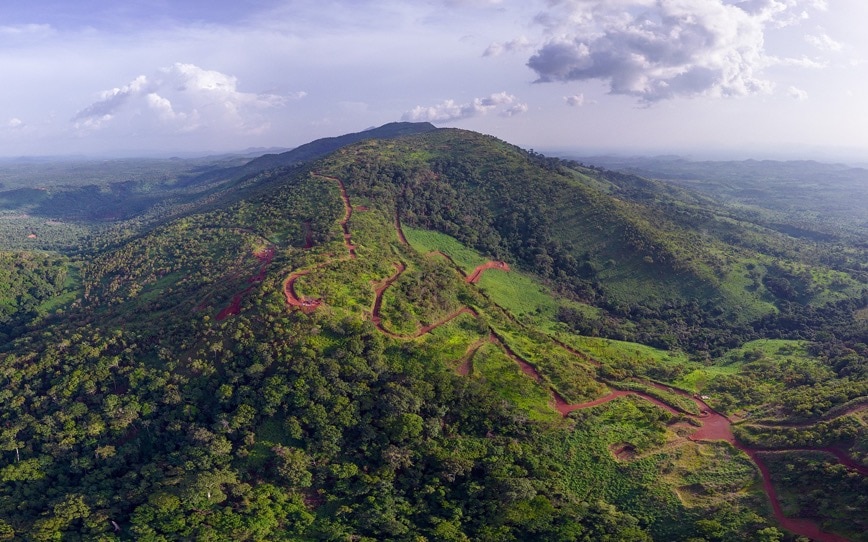HAUL ROAD ENGINEERING – PART 1
In this three-part series, we are examining how the important role of engineering in the design, construction, and maintenance of roads is often not understood, particularly in extractive industries such as mining.
Haulage represents one of the largest mining cost elements, especially for deep, large open-pit operations. Today, more than 50% of mining costs can be associated with loading and hauling material. That translates into a significant opportunity to realize cost savings through improved haul road performance.
Haul roads are often placed under the responsibility of mining engineers or supervisors, who are highly intelligent and skilled in their fields, however, have a limited understanding of road engineering principles and practices.
Understanding the overall concepts and principles of mine haul road engineering is important for mining operators, mine planners, civil engineering practitioners, consulting engineers, mine consultants, contractors, truck fleet operators, and personnel involved with the design, construction, and day-to-day operations and maintenance of haul roads.
Road building is a specialist field that borrows from both civil and geotechnical engineering disciplines as well as relying on skilled, experienced construction supervisors and operators.
Are environmental regulations, health and safety concerns or potential profit loss a concern right now?
Factors affecting the productivity On Haul Road
Haul roads construction is particularly challenging, as non-standard materials are often all that can be sourced, and the loadings are so severe. Construction without the proper input and monitoring of an engineer is common around the world leading to haul roads being built that impact a mine’s productivity, increases operational costs and can result in accidents.
For example, when haul road ramps are built without engineering planning and oversight, the ramps present an irregular profile, due to the variation of elevation along the road length. This variation ramp generates higher engine temperatures of vehicles, reduces the speed of operation, and reduces the tyre life. At a constant grade ramp location, the operating productivity increases by about 38%.

Another factor that can reduce productivity is related to the type of material used and compaction in the wearing course, which some materials have a high rolling resistance that impairs the movement of vehicles. Haul roads in a well-maintained condition usually present rolling resistance of 2% to 3%, however roads with inadequate materials and without adequate compaction present rutting that increases rolling resistance from 4% to 8%. This increasingly affects production; according to THOMPSON (2011) the increase of 1% in rolling resistance decreases the truck speed on the ramp by 10% and decreases the truck speed on the flat by 26%.
Therefore, materials that make up the haul road pavement need to be selected by suitably qualified and experienced engineers to achieve the required quality. Poor quality materials can compromise productivity and safety, however even with the best materials on hand; poor design and construction can be as equally hazardous.
Mines are constrained too by the materials, time, and cost of construction. It’s critical that a site firstly recognises good quality road building materials that it can source from its own waste rock and flag these at the planning stage so they’re not lost as waste, but rather earmarked for removal to a stockpile of road construction materials. It takes time to build a road, both a good road and also a bad one. But is takes much more time and resources to maintain a bad one than a good one!
Your construction crew should (but may not) be able to eyeball construction material quality and importantly too, have the ability to recognize when either the material or the building process is not to standard. Most often this is seen as no- or poor compaction, which is a critical aspect in road building – especially when we’re dealing with the wheel loads of large mine trucks.
Engineering expertise coupled with an experienced works supervisor is important to ensure that conditions are understood, to minimise the risk, and to optimise the project outcome given the selection of materials and technologies available. GRT has been developing engineering technologies and processes for haul road pavement management, with solutions from pavement stabilisation and sealing to dust and erosion control, as tools for engineers faced with these challenges.
Read Part 2: Engineering considerations of building and designing required in haul roads.
Read Part 3: Materials Optimisation & GRT Products for Haul Road Pavements
For further information about GRT please Contact us
Troy Adams
Troy Adams is the Managing Director of Global Road Technology (GRT) Specialising in Engineered Solutions for Dust Suppression, Erosion Control, Soil Stabilisation and Water Management. A pioneering, socially conscious Australian entrepreneur, Troy Adams is passionate about health and safety and providing innovative solutions that are cost-effective to the mining industry, governments and infrastructure sectors. Troy is also a tech investor, director of companies like Crossware, Boost, Hakkasan, Novikov and more.
MORE INDUSTRY ARTICLES
April 19, 2024
LNG: What is it, and why does it Matter?
April 17, 2024

